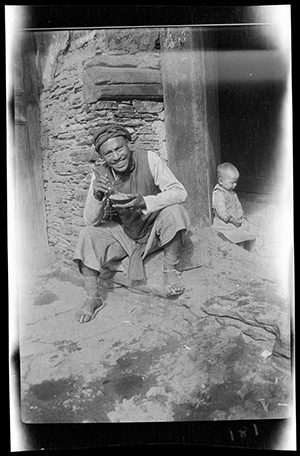The Coronavirus pandemic has me thinking about labor–as a concept, a social process, a political constituency, and the driving force of our economy–in a way that I haven’t in my lifetime. It’s become alarmingly clear (as if it wasn’t before) that we all need food, supplies, and services to survive past next week, and that there are real human beings out there working to produce and deliver these things. No amount of entrepreneurship, innovation, or financial sleight of hand will help us through the coming months if people are not working to provide the basic requirements for life as we know it.
This blog post draws from images in our digitized library collections to pay tribute to all of the essential workers who are keeping us afloat during these challenging times. As I browsed these photographs and mused on our current situation, a few important and oft-overlooked questions came to mind.
Who grows our food? Where does it come from and how is it processed? How does it get to us?




What kind of physical environment do we work in and how does that affect us?



How do we interact with machines and technology in our work? Can our labor be automated or performed remotely?




What equipment and clothing do we need to work safely and productively?



Are we paid fairly for our work? How do relative wages for different types of work reflect what is valued in our society?

How we think about and respond to these questions will inform how we navigate the aftermath of this ongoing crisis and whether or not we thrive into the future. As we celebrate International Workers’ Day on May 1 and beyond, I hope everyone will take some time to think about what labor means to them and to our society as a whole.























